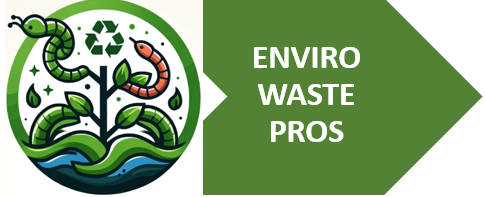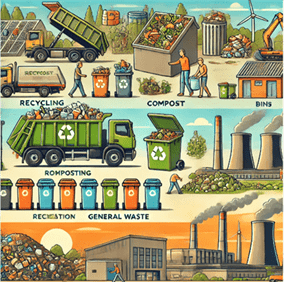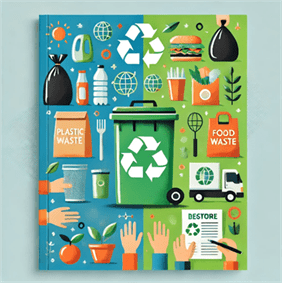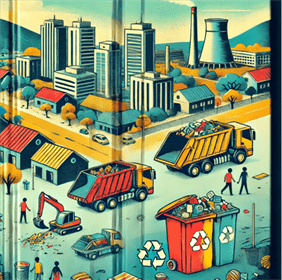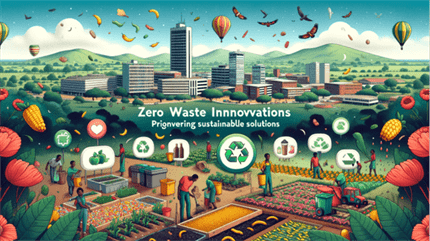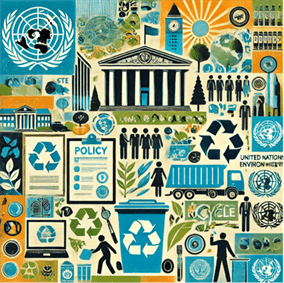The Impact of Pollution and Waste on Health and Environment
1. Introduction
Pollution and waste are two critical issues that significantly impact both health and the environment. As human activities continue to generate large quantities of waste and pollutants, understanding the implications and developing effective management strategies is crucial. This article delves into the various types of pollution and waste, their health and environmental implications, and potential mitigation strategies.
2. Types of Pollution and Waste
Chemical Waste
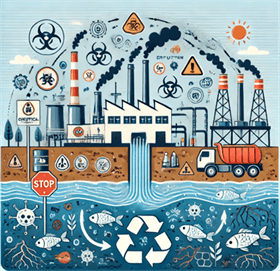
Chemical waste includes hazardous substances generated by industrial, agricultural, and household activities. These substances can be toxic, corrosive, flammable, or reactive, posing severe risks to health and the environment. Improper disposal of chemical waste leads to soil and water contamination, affecting ecosystems and human health.
Radioactive Waste and Decay
Radioactive waste results from nuclear power generation, medical procedures, and research activities. It contains radioactive materials that can remain hazardous for thousands of years. Radioactive decay, the process by which unstable isotopes release radiation, can lead to long-term environmental contamination and health issues such as cancer and genetic mutations.
Plastic Pollution
Plastic pollution is one of the most pervasive environmental issues. Plastics, especially single-use items, accumulate in natural environments, oceans, and waterways, harming wildlife and ecosystems. Plastics break down into microplastics, which are ingested by marine and terrestrial animals, entering the food chain and potentially impacting human health.
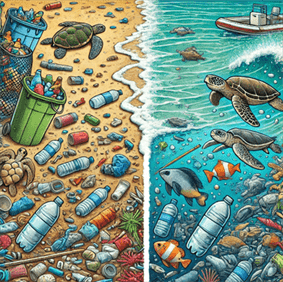
3. Health Implications
Impact on Public Health
Pollution and waste significantly affect public health. Exposure to pollutants can cause respiratory diseases, cardiovascular conditions, and cancers. Communities near industrial sites or waste disposal areas often face higher health risks due to prolonged exposure to harmful substances.
Toxicity and Contamination Issues
Toxic substances in waste can contaminate air, water, and soil, leading to widespread health issues. Contaminants such as heavy metals, pesticides, and volatile organic compounds can cause acute poisoning, neurological disorders, and developmental problems in children.
4. Environmental Impact
Effects on the Natural Environment
Pollution and waste disrupt ecosystems, leading to biodiversity loss and habitat degradation. Chemical and radioactive contaminants can alter soil composition, affecting plant growth and reducing agricultural productivity. Wildlife exposed to pollutants may suffer from reproductive issues, behavioral changes, and increased mortality rates.
Water Contamination
Water bodies are particularly vulnerable to pollution from waste. Chemical spills, agricultural runoff, and untreated sewage discharge introduce harmful substances into rivers, lakes, and oceans. Contaminated water affects aquatic life, reduces water quality, and poses risks to human health when used for drinking or recreational purposes.
5. Mitigation and Management Strategies
Environmental Resource Management
Effective environmental resource management involves sustainable practices to minimize waste generation and pollution. Strategies include:
- Regulation and Enforcement: Implementing and enforcing laws to control pollution and manage waste.
- Pollution Prevention: Reducing the use of hazardous materials and adopting cleaner production techniques.
- Public Awareness: Educating communities about the impacts of pollution and the importance of waste reduction.
Biodegradation Processes
Biodegradation is the breakdown of organic substances by microorganisms. It is a natural process that can be harnessed to manage waste, particularly organic waste. Composting, for example, uses biodegradation to convert organic waste into nutrient-rich soil amendments, reducing the volume of waste and returning valuable nutrients to the soil.
6. Case Studies and Examples
Specific Instances of Pollution and Its Impact
- Minamata Disease, Japan: Industrial discharge of methylmercury into Minamata Bay led to severe mercury poisoning among local residents, causing neurological damage and deaths.
- Chernobyl Disaster, Ukraine: The 1986 nuclear reactor explosion released large amounts of radioactive materials, resulting in long-term health and environmental consequences.
- Great Pacific Garbage Patch: A massive accumulation of plastic debris in the Pacific Ocean highlights the global scale of plastic pollution, affecting marine life and ecosystems.
7. Conclusion
Pollution and waste pose significant challenges to both health and the environment. Addressing these issues requires a comprehensive approach involving regulation, public awareness, and sustainable practices.
By understanding the types and impacts of pollution and waste, we can develop effective strategies to mitigate their effects and promote a healthier, more sustainable future. Reducing pollution and managing waste responsibly is not only essential for protecting the environment but also for ensuring the well-being of current and future generations.
